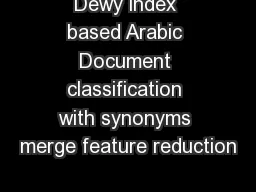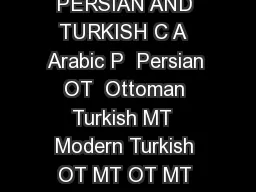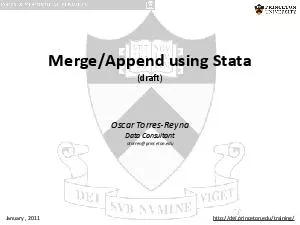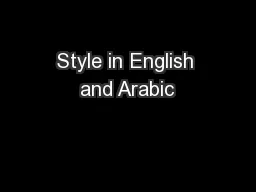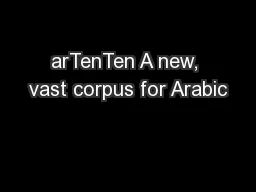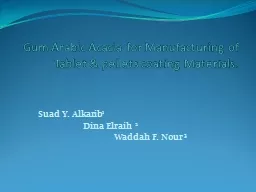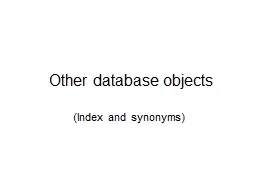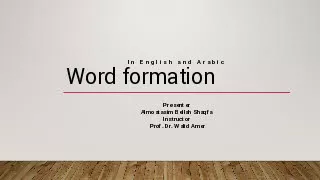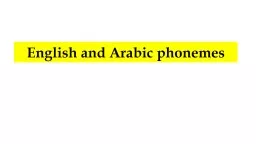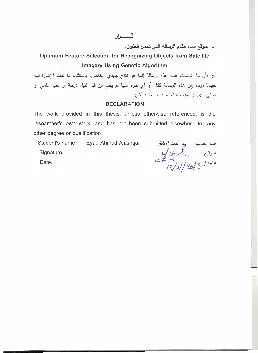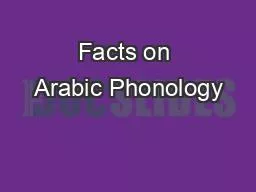PDF-Dewy index based Arabic Document classification with synonyms merge feature reduction
Author : conchita-marotz | Published Date : 2017-04-09
Synonyms Merge Feature Reduction E M Saad M H Awadalla and A F Alajmi Communication Electronics Dept Faculty of Engineering Helwan UniversityEgypt AbstractFeature
Presentation Embed Code
Download Presentation
Download Presentation The PPT/PDF document "Dewy index based Arabic Document classif..." is the property of its rightful owner. Permission is granted to download and print the materials on this website for personal, non-commercial use only, and to display it on your personal computer provided you do not modify the materials and that you retain all copyright notices contained in the materials. By downloading content from our website, you accept the terms of this agreement.
Dewy index based Arabic Document classification with synonyms merge feature reduction: Transcript
Download Rules Of Document
"Dewy index based Arabic Document classification with synonyms merge feature reduction"The content belongs to its owner. You may download and print it for personal use, without modification, and keep all copyright notices. By downloading, you agree to these terms.
Related Documents

